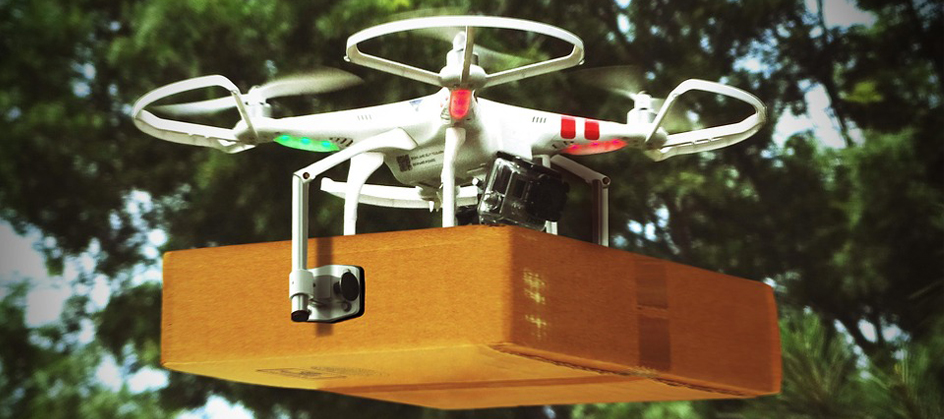I was working recently with a mixed bag of people from a company, who were trying to predict the future and see how that company needed to change in order to get where they thought they ought to be going. One issue came up fairly quickly, and that was that 2020 isn’t that far ahead. As a result, the group started to think about 2025 as date for the changes to be made. The room had a mixture of IT people, execs, a variety of managers, and a number of people from different parts of the organization. I thought it would be interesting to contemplate some of the ideas that came up at the session.
Firstly, things in 2020 could still be very much like they are now. There could be a large number of organizations whose custom and practices won’t have changed from 2017 – although, obviously, the highly successful companies will be at the forefront of the curve for change. 2025 is a different matter. That’s eight years in the future. It’s like starting in 2009 and predicting what life will be like in 2017. Is it that much different?
The most prevalent idea for the future was that the company didn’t need an office. At the moment is has quite a big one, and regularly has more cars trying to park than there are parking spaces available. Many of the groups of people thought that, with the IT equipment available, everyone would work from home (or wherever they liked). Teams (and everyone thought people would still be grouped into teams) would be able to meet using Skype or similar and would also be able to physically meet up regularly (although, not necessarily, frequently) in local coffee shops.
Drones were also high on everyone’s list of what to expect. The company delivered things to houses, and drones were expected to be the way they would do this. From what people were saying, the skies could be full of drones, which would need to be very sophisticated, not just to find where they were going and where they could land, but also to avoid other drones. Because everyone was working from home, there would be no probem with the drones delivering parcels – although some automated and secure receiving device on the roof of houses was envisaged.
Smart homes came high on people’s lists of what to expect. They anticipated that homes could be controlled remotely, but also that they’s have a degree of intelligence to decide whether the heating should come on or the curtains should be open – or whether the smart stove should be turned off. People also felt that Internet of Things (IoT) devices would be installed in homes and could not only identify if there was a fire or some other problem with the infrastructure, but could tell whether a member of the family had not moved and were in an unusual location. If granny had slipped and fallen in the kitchen, the smart devices would be able to alert family, neighbours, or the emergency services as necessary.
In fact, wearable technology that could be used to monitor health cropped up as well. People thought that a high-tech bracelet could be feeding information to your doctor or some medical information company. They would then run algorithms to monitor whether your vitals were within normal parameters and call you in for a consultation if they weren’t. If you were on regular medication, the device could remind you to take your tablets.
The IT people kept talking about big data and big data analytics as a way for the company to store information about its customers and derive value from that information. The mainframers discussed at length the different types of data they could be receiving from the IoT devices in people’s smart homes, the wearable tech they had, and cameras and sensors on all these drones. And they started to think about ways of storing the data – but that conversation was curtailed because it was only the IT people who could join in. They also immediately assumed all application development was using DevOps and Agile working methods, and I heard them mention cloud computing, edge computing, and digital transformation (DX).
Mobile phones and tablets were generally thought to still be around and usable. Cars became less of a requirement as people didn’t need to suffer their daily commute. In fact, some people started to think about a rental society, where people didn’t really own very much at all. They’d rent their phone and it would be upgraded every two years. They’d rent a car when they needed one, and that would never be more than a couple of years old. They’d rent their house and move whenever they changed jobs or fancied living somewhere else (no-one needs to be near their company’s offices because there aren’t any). There’d be no need to cook because meals could be delivered (by drone). There’d be no core working day – people would work when it suited them, shop (online) when it suited them, watch TV shows when it suited them, go to the gym when it suited them.
There was also chat about VPAs (Virtual Personal Assistants) like Cortana, Alexa, and Siri. People will, for example, get to the end of their meal in a restaurant and tell the VPA on their phone to pay the bill and order them a taxi – and wait for the VPA to confirm the bill’s paid and the cab is waiting. It could also do your shopping for you. You say what you want and it will find the cheapest source. And the shopping will arrive by drone. In fact, typing (I mean keyboard skills) will be become less-and-less useful as more zero-touch UIs (User Interfaces) become prevalent everywhere. You might order your meal in a restaurant by simply telling the small device on your table what you wanted to eat and how you wanted it, for example. Of course, on the downside, everywhere would be noisier because people would be talking to inanimate objects all the time.
No-one discussed whether people would be happier or feel more fulfilled. And outside of the mainframers, no-one worried about security issues with all this data being transferred from place to place or smart homes being hacked.
It was interesting hearing the ideas coming out of the meeting and seeing people’s different views of life in what is only a few years’ time.









0 Comments